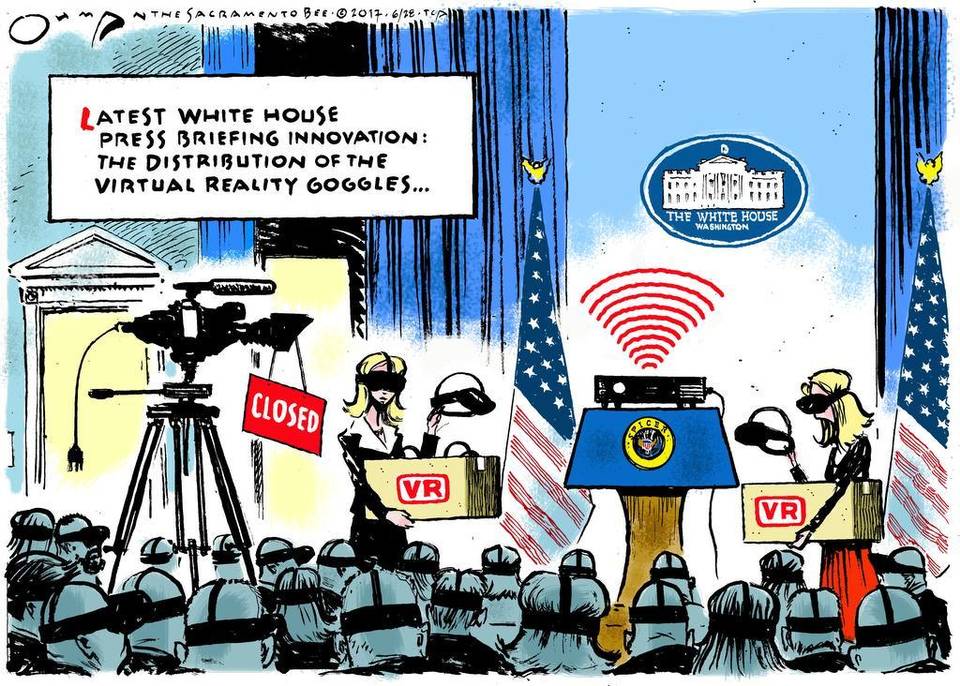The Daily Escape:

Vasconcelos Library – Mexico City
From The Atlantic’s Sam Tannenhaus:
…the most populous region in America, by far, is the South. Nearly four in 10 Americans live there, roughly 122 million people, by the latest official estimate. And the number is climbing. For that reason alone, the South deserves more attention than it seems to be getting in political discussion today.
Ain’t demographics great? Tannenhaus continues:
The South is the cradle of modern conservatism. This, too, may come as a surprise, so entrenched is the origin myth of the far-westerners Barry Goldwater, Richard Nixon, and Ronald Reagan as leaders of a Sun Belt realignment and forerunners of today’s polarizing GOP. But each of those politicians had his own “southern strategy,” playing to white backlash against the civil-rights revolution—“hunting where the ducks are,” as Goldwater explained—though it was encrypted in the states’-rights ideology that has been vital to southern politics since the days of John C. Calhoun.
Tannenhaus is reviewing Nancy MacLean’s Democracy in Chains, and using it as a jumping off point to explore the roots of modern conservatism. Why does all this matter today? Donald Trump.
Tannenhaus points out that Trump won the South bigly:
Lost amid the many 2016 postmortems, and the careful parsing of returns in Ohio swing counties, was Donald Trump’s prodigious conquest of the South: 60% or more of the vote in Alabama, Arkansas, Kentucky, Oklahoma, Tennessee, and West Virginia, with similar margins in Louisiana and Mississippi.
And we need to look at Trump’s Cabinet: 10 Cabinet appointees are from the South, including Attorney General Sessions (Alabama) and Secretary of State Tillerson (Texas).
MacLean’s view is that modern conservatives draw on Southern resistance to 1954’s Supreme Court decision in Brown vs. Board of Education. After the New Deal, conservatives pushed back hard against the expanding federal government. Tannenhaus says:
But it was an uphill battle; the public was grateful for Social Security. Brown changed all that. More than the economic order was now under siege…A new postwar conservatism was born, mingling states’-rights doctrine with odes to the freedom-loving individual and resistance to the “social engineering” pursued by what conservative writers in the mid-1950s began to call the “liberal establishment.”
MacLean focuses on James Buchanan, a Virginian, and a Nobel Prize-winning economist, who argued that the crux of the desegregation problem was that “state-run” schools had become a “monopoly”.
Buchanan argued for privatization of schools. If local towns and cities limited their involvement in education to setting minimum standards, then many kinds of schools might flourish. Each parent “would cast his vote in the marketplace and have it count.”
Sounds like Betsy DeVos.
But, Buchanan wasn’t done. In his book “The Calculus of Consent” (1962), he argued that politicians were looking out for themselves, and they could do real damage that citizens were unable to avoid. The high-priced programs they devised were paid for by taxes, and citizens had little choice but to pay them. Reinforced by the steep progressive tax rates of the time, he called it licensed theft. Not long after Buchanan’s book, Medicare was passed, then the War on Poverty, and then the Great Society— each another example of social engineering delivered by the liberal establishment.
Buchanan’s ideas live on today. The right believes that liberal values cost us our liberty.
Today’s Freedom Caucus is Buchanan’s ideological descendant. They believe they are the guardians of liberty, that drastic measures, like shutting down the government, or defaulting on the national debt are legitimate uses of political power that serves their higher objective. More from Tannenhaus:
This is what drives House Republicans to scale back social programs, or to shift the tax burden from the 1% onto the parasitic mob, or to come up with a health-care plan that would leave Trump’s own voters out in the cold.
Conservatives and Libertarians say that “government is trampling our way of life”. That sets people against government programs, even when the specific program doesn’t need to be attacked. Consider Medicaid. It is attacked as both social engineering and a gift to minorities, even though the majority of those benefiting from it are elderly or white.
Conservatives and Libertarians prefer “individual choice” for poor elderly, or children who can’t afford healthcare. A broadly-based social safety net isn’t consistent with their ideological purity.
They fail to see the value of government as a moderating force in markets.
Accordingly, their thinking cannot advance human society in any meaningful way.
Today’s tune: “Revolution” by The Beatles recorded in September 1968. It was released as the B-side of the “Hey Jude” single in late August 1968, and we hear the live studio version from a month later:
Takeaway Lyric:
You say you’ll change the constitution
Well, you know
We all want to change your head
You tell me it’s the institution
Well, you know
You better free you mind instead
Those who read the Wrongologist in email can view the video here.




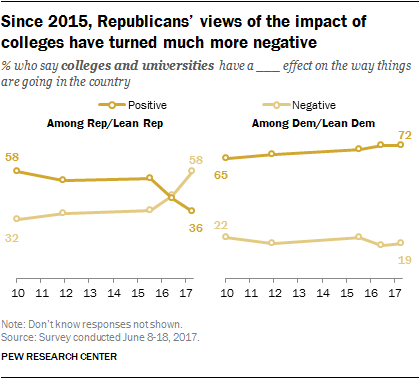
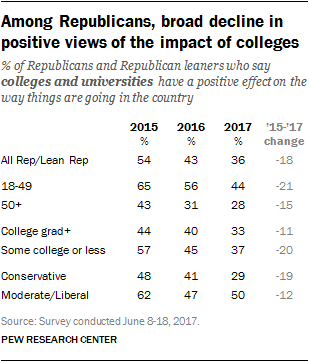


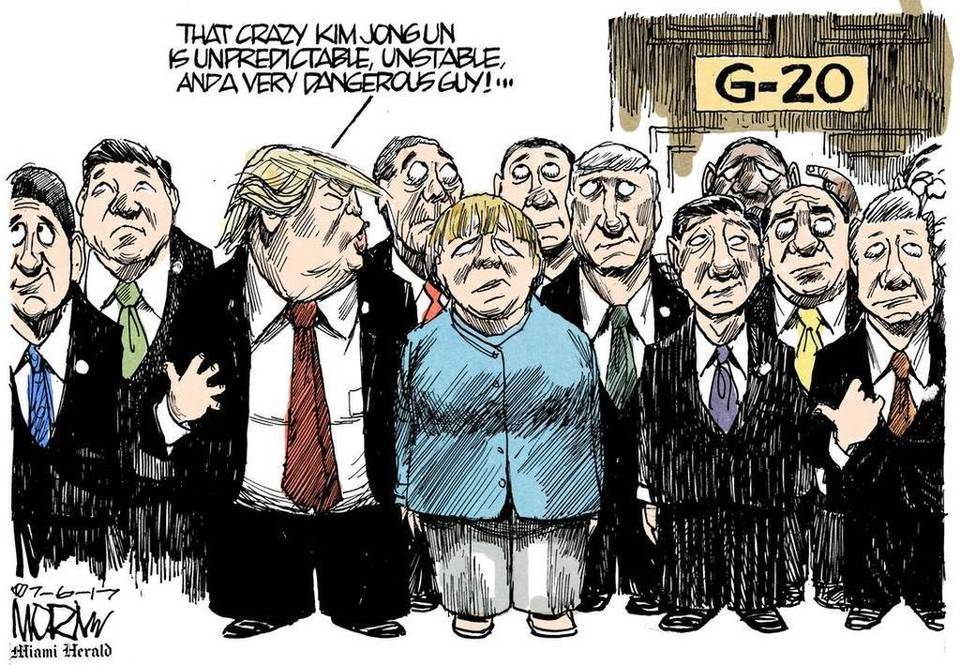
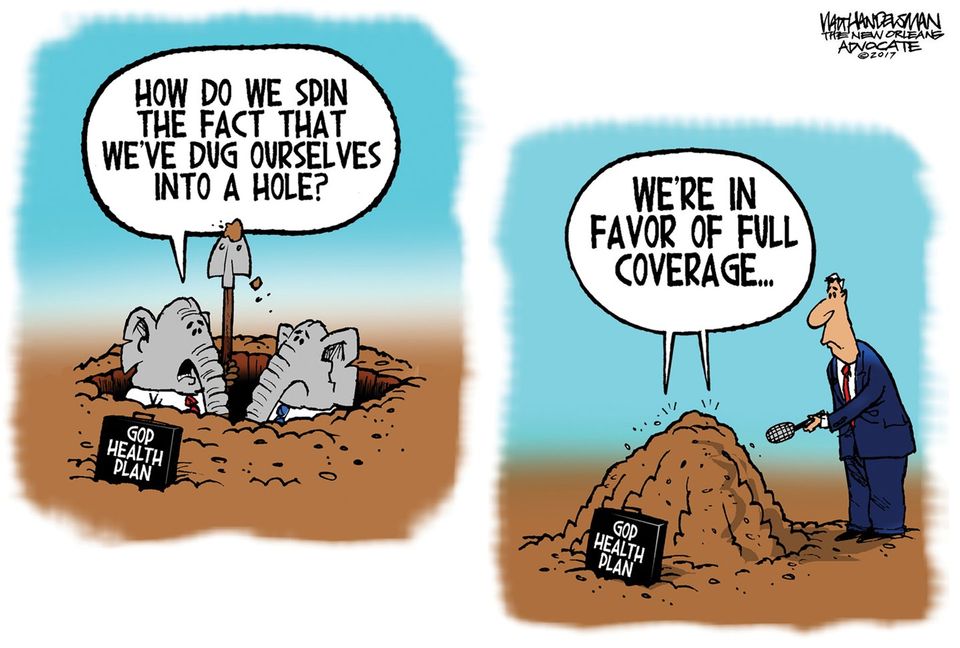

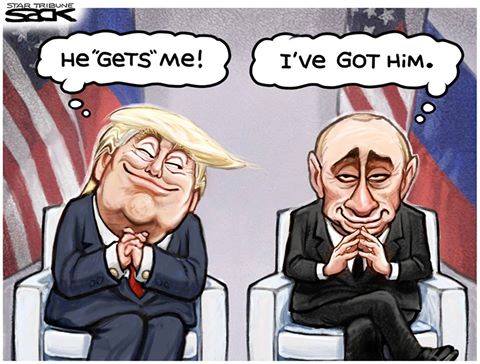
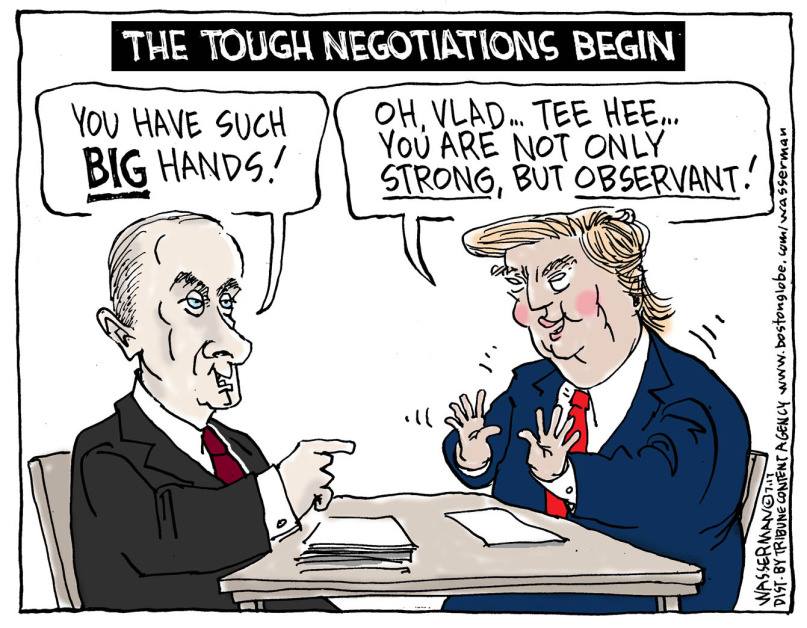

 From
From 

 When it comes to health insurance, the GOP has all the right viewpoints:
When it comes to health insurance, the GOP has all the right viewpoints:



